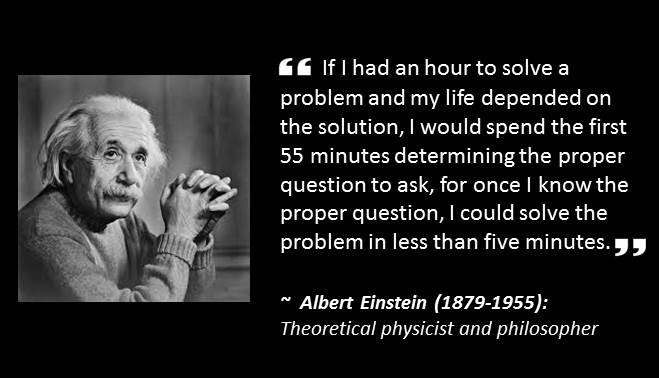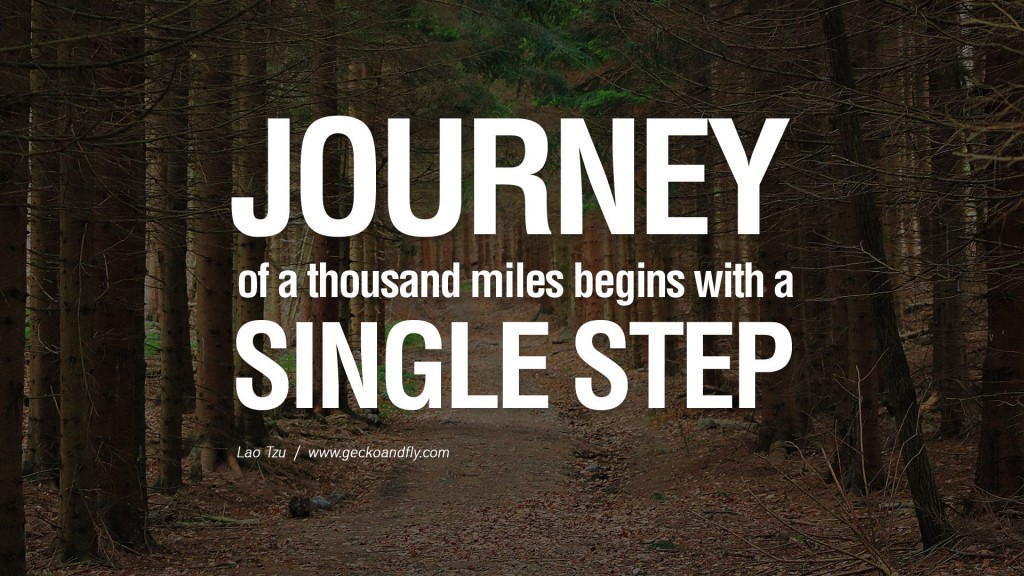


Working with GID for over four years, has allowed me to reflect on the patterns, challenges and successes of integrating the Guided Inquiry Design Process in our high school.
One aspect that overwhelmingly starts out as a challenge for content teachers is student questioning. Historically, teachers are the questioners – choosing the Essential Question or creating a research project with predetermined questions for students to answer. In this type of research, the students engagement can vary. If it’s a topic that students have interest in, the outputs are more favorable. In many cases, the outputs will be surface level instead of a deep meaning-making process. Jamie McKenzie, author of The Question Mark, a journal devoted to questions and questioning and a thoughtful leader of technology in schools, writes about research in schools in his educational technology journal, From Now On. He suggests that real problem solving in research begins when we are stuck. I think the key to helping kids get “unstuck” is to stay with them through it. But, how do we do this in a way that takes into consideration the time constraints, the comfort of the content teacher and the desired outcomes of the research? This is a question that I am still attempting to answer.
In my years as a library teacher, I have developed strategies and gathered resources to help students understand the question building process. Within the IDENTIFY phase, I work with small groups of students to create their inquiry questions. In their inquiry reflections from the previous work through the EXPLORE phase, I ask that students create a list of questions that they have about their topic. I am intentionally vague with instructions – “As you read through and discover information about your choice topic, write down any questions that come to mind.” – by giving students minimal instructions – they are able to follow this mindfully – without worry of creating a question that will be “wrong”. We then use these questions in our question building session, along with inquiry tools and strategies, to create a solid inquiry question. Typically, I will work on the question from the aspect of inquiry and then the students will check in with their content teacher to be sure they are on the right track with content. The key is to ensure that students are staying rooted in their personal interest. I also believe that it is crucial to not add content knowledge to the question building process – as this sometimes sways the student to change their topic based on what the content teacher speaks about and most often leads the student away from their core interest. My experience has shown that the personal interest of the student will be the sustaining force throughout the challenges within the research and GID process.
Teachers survive the demands of each new school year by creating routines, developing habits of mind and in some instances – by turning on autopilot. One challenge as the library teacher is to keep the current issues within your community in mind when attempting to collaborate with content teachers. Interestingly, questioning is something that can be viewed as “just one more thing” to add to a project that expands the time necessary to work with students. In my school, I am grateful that there has always been a culture of a day or two with library resources but it is still a paradigm shift to allow more time for instruction throughout the process. GID gives the necessary framework that allows content teachers a way to envision the space and time necessary to receive the outcomes desired. When a teacher is able to let go of the fear of the unknown as well as become able to sit with the initial uneasiness of facilitating over instilling information – the shift for student learning begins.
As the library teacher, my role with questioning and often with GID, becomes one of co-teacher, collaborator, sometimes hand-holder, always the visionist, often the only believer – that it will all work out okay and we will all take away a meaningful experience. Many students seem to instinctively know this from the start while others are as uncomfortable with the “not knowing” as their teacher. Good collaboration begins with trust and one can not discount the role that it plays when planning. I believe that it’s always best to begin where the content teacher is, in other words, baby steps may be necessary – the goal should be to begin the journey! Even the longest and most difficult journey begins with the first step.

Anita Celluci, Library Teacher, Westborough High School